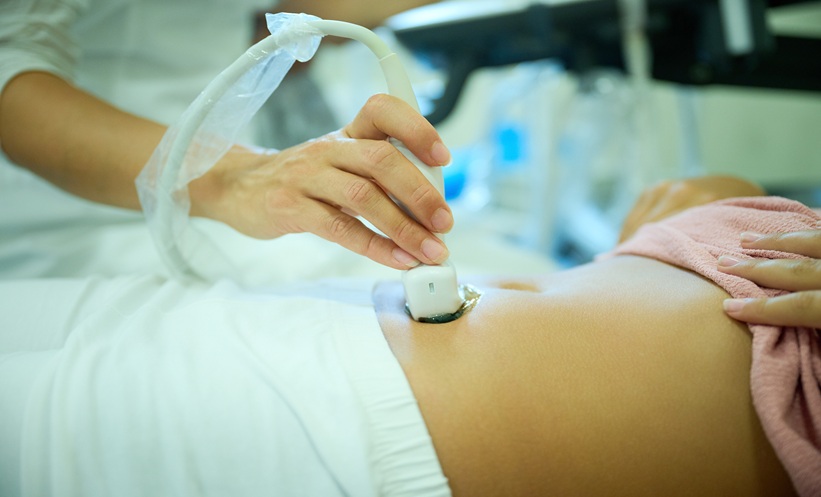NEARLY 40% of women experience stress urinary incontinence (SUI) within 6 months after childbirth, according to a new study from Yongkang Women and Children’s Health Hospital. The findings highlight the high burden of postpartum SUI and explore the potential value of combining clinical, hormonal, and imaging markers to better predict which women are most at risk.
The retrospective analysis included 511 women who underwent prenatal care and delivered at the hospital between January 2023–June 2024. Based on the occurrence of SUI within 6 months postpartum, women were classified into the SUI group (n=204) or the non-SUI group (n=307). Researchers compared baseline characteristics, blood-based hormone levels, and pelvic floor ultrasound parameters between the two groups.
Data showed statistically significant differences in mode of delivery and constipation during pregnancy between the two groups. The SUI group also had significantly lower levels of serum oestradiol, progesterone, and 25-hydroxyvitamin D [25(OH)D]. Furthermore, ultrasound findings revealed greater bladder neck descent, wider urethral rotation and posterior urethrovesical angles, a larger levator hiatus area, and a higher rate of urethral funnel formation compared to women without SUI.
Multivariable logistic regression confirmed these associations. Serum progesterone and 25(OH)D emerged as protective factors, while the ultrasound-based pelvic floor measures were identified as strong risk factors for SUI. When combined, these indicators demonstrated excellent predictive accuracy, with an area under the ROC curve of 0.975 (95% CI: 0.964–0.985), along with 94.6% sensitivity and 86.0% specificity.
The researchers concluded that SUI remains common among postpartum women in China, affecting 39.92% of new mothers. They suggest that integrating routine hormone testing with pelvic floor ultrasound assessments could help identify high-risk women early, enabling timely prevention and more targeted interventions to reduce the impact of this condition.
Reference
Shi L et al. Prognostic potential of clinical factors, serological indicators, and pelvic floor ultrasound parameters in women with postpartum stress urinary incontinence. Br j Hosp Med (Lond). 2025;86(8):1-14.







